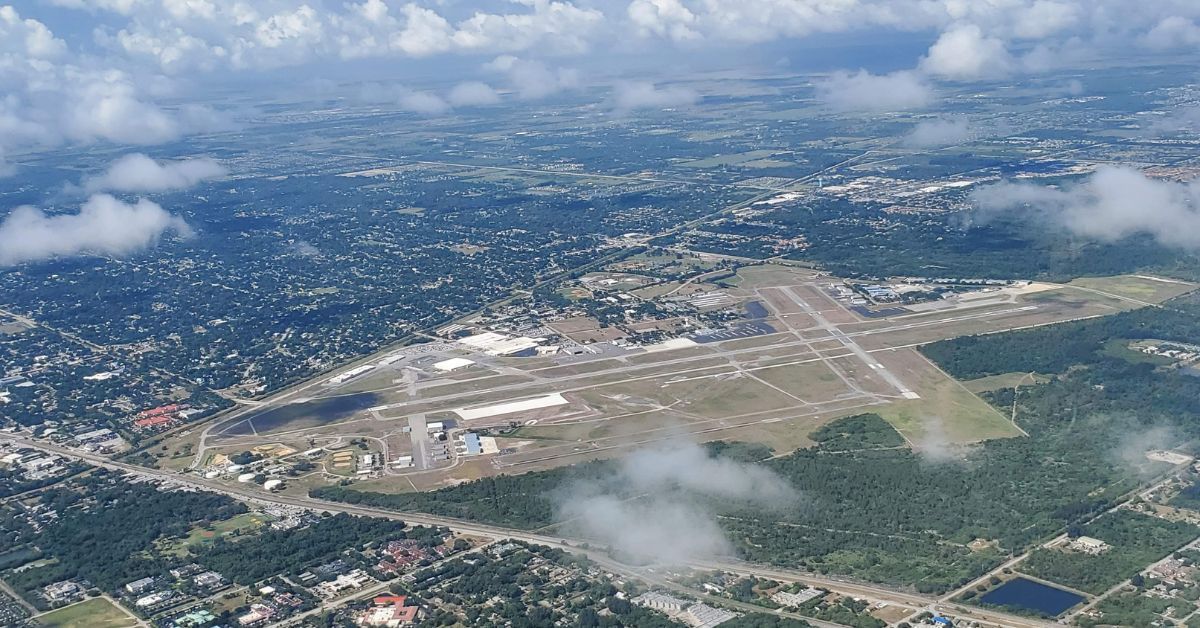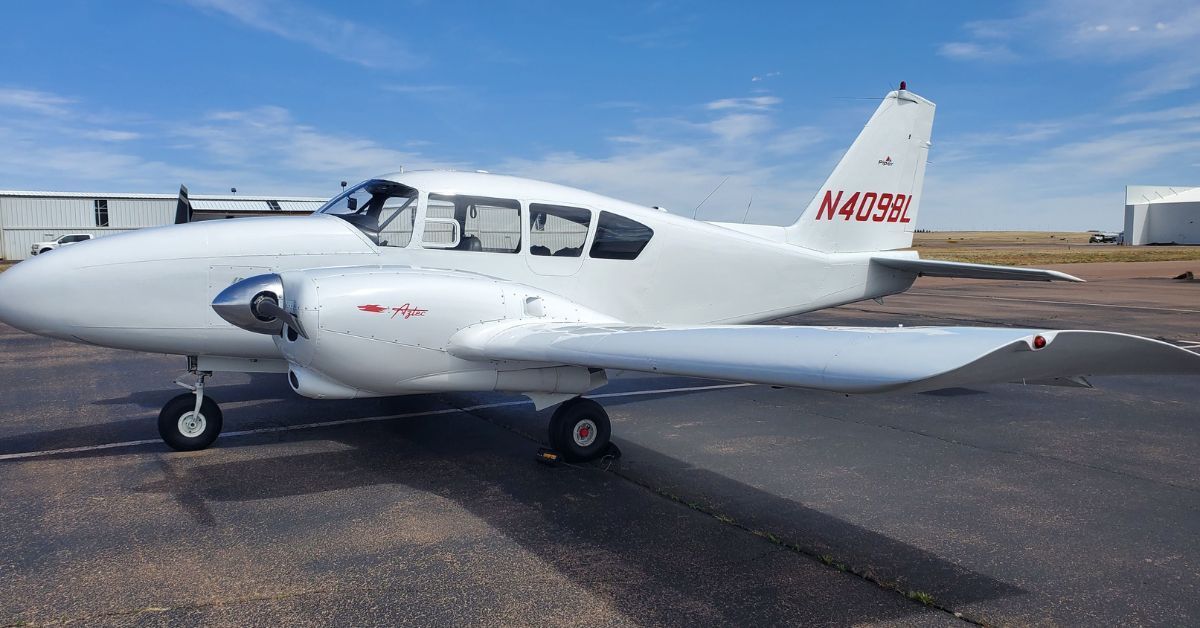8 Key Benefits of Enrolling in a Rotor Transition Program
A rotor transition program (RTP) is an exciting opportunity for helicopter pilots seeking to expand their personal and career horizons. It serves as a bridge from flying rotorcraft (helicopters) to piloting fixed-wing aircraft. Why should you consider enrolling in such a program? The benefits go beyond learning to pilot a different type of craft—they extend to career growth, operational versatility, and personal development.
This blog outlines eight benefits of enrolling in a rotor transition program and how it can be a game-changer for your aviation career. Whether you’re in search of greater employability, broader skill sets, or dynamic career opportunities, there’s something here for every pilot.
Increase Your Career Opportunities
Enrolling in a rotor transition program opens doors to career paths unavailable to helicopter-only pilots. While helicopter pilots are in demand (aiding and serving in medical evacuations, law enforcement, offshore oil rig transport, and other occupations), many major airlines and commercial aviation companies primarily seek pilots with fixed-wing certifications. With a single-engine fixed-wing endorsement, RTP participants become eligible to fly single-engine planes. This additional certification increases a pilot’s job prospects within corporate aviation, charter services, and private aviation sectors.
Major airline companies regularly seek qualified pilots, and many of these roles require fixed-wing flying experience. Completing a rotor transition program means you won’t miss out on those opportunities because it provides additional training and certifications. By meeting rotor transition program requirements, including a practical check-ride exam, you’ll position yourself as a versatile pilot who can cater to both rotorcraft and fixed-wing clients.
Enhance Your Skill Set
A successful pilot needs to be resourceful. Expand your skill set through a rotor transition program to diversify and strengthen your foundational skills as a pilot. Obviously, fixed-wing and rotorcraft flying require different skill sets. Flying fixed-wing aircraft involves managing slower vertical descents, lifting through wings instead of blades, and operating under different aerodynamic principles. RTPs emphasize fine-tuning piloting techniques. You’ll gain practical experience in take-offs, landings, flight planning, and weather management through the lens of fixed-wing operation. This dual expertise strengthens your ability to adapt to any aviation setting.
Pilots with experience in both types of aircraft can do their jobs safely and confidently since their knowledge spans two major aviation disciplines. Most importantly, learning from experienced instructors with extensive skills in operating both kinds of aircraft will improve your proficiency. Many programs offer mentorships from seasoned professionals who can share invaluable real-world insights.

Broaden Industry Knowledge
Transitioning to fixed-wing aviation means expanding your role in the aviation industry. For example, fixed-wing operations entail working with complex air traffic systems, understanding international aviation regulations, and managing extended cross-country flights. Furthermore, RTPs allow you to explore more advanced navigation techniques and extended flight planning for long hauls. You can also gain new insights into commercial operations. Developing a broader understanding of the aviation industry and all its facets helps you position yourself as a professional who can adapt to the industry’s dynamic needs.
Meet Industry Demands
The transportation world needs more pilots. The aviation industry is evolving, and airlines and charter flight operators are grappling with upcoming pilot shortages as pilots retire. Forecasts indicate a growing need for versatile and multifaceted pilots in the next decade. Pilots with both fixed-wing and rotor certifications are rare, making them stand out as job candidates.
With dual certifications, you’ll swiftly fly to the top of the job candidate list when employers are searching for highly capable pilots. Your flexibility multiplies your salary prospects while maximizing your job security! Performing varied tasks, such as multi-aircraft fleet management, emergency response missions, and diversified air tours, is part of the value you offer to an employer. Completing a program that meets rotor transition program requirements places you directly in a competitive position to satisfy this demand.
Bigger Financial Returns
Pilot training is a big financial commitment, but the career benefits outweigh the cost. Pilots who switch to fixed-wing positions with major airlines often earn higher salaries and attractive benefits packages. It opens doors to freelance charter work, ferry flights, or other opportunities that provide schedule flexibility. Catering to multiple job types provides better financial standing without sticking to a singular role or company. Lastly, certified fixed-wing and rotor pilots remain in demand years after completing certification, making it an enduring financial and professional asset.
Personal Growth and Confidence
The benefits aren’t just in your professional life. Looking for greater personal satisfaction? A rotor transition program provides it! Face unfamiliar challenges, master new aircraft, and boost your resume and your confidence. Flying fixed-wing aircraft offers variety and new responsibilities. You’ll face new environments and challenges as you change from rotor missions to longer fixed-wing routes. Furthermore, personal growth translates into stronger leadership in the cockpit. You’ll feel prepared to coordinate teams, make split-second decisions, and maintain safety-first standards.

Flexible Training Schedules
If you’re already making a living as a helicopter pilot, you might be concerned about finding the time to train. Not to worry! Modern flight schools, such as Arapahoe Flight Club, offer flexible training schedules. Blend and balance training with work, family, and other education opportunities. Go for part-time or full-time training, and tailor your RTP training to your life and learning pace. There’s sure to be a convenient option for your schedule and lifestyle!
Build Community
RTPs create a sense of belonging. Training with like-minded individuals creates long-lasting connections. That means possessing a bigger professional network and support system of mentors and contacts. Those professional connections are vital when you’re looking for work and when you aren’t. You’ll always have advocates out there ready to suggest you as a candidate for new roles and temporary gigs.
Those are just eight key benefits of enrolling in a rotor transition program. While there will long be a need for helicopter pilots, adding fixed-wing craft to your resume can only enhance your aviation career prospects. Have any questions? When you’re ready to take your career to the next level, check out Arapahoe Flight Club’s rotor transition program. Our expertly designed program and knowledgeable instructors are here to help you soar to new heights.
